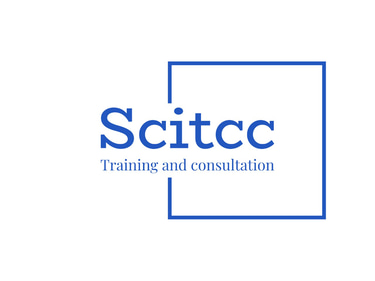
A Program Specialized in Cultural Intelligence and Innovation
A Program Specialized in Cultural Intelligence and Innovation
$3500.00
Day One: Introduction to Cultural Intelligence
Course objectives:
Definition of cultural intelligence and the importance of applying it in culturally diverse work environments.
Understanding the concept of cultural diversity and how to leverage it to enhance innovation.
Content:
The concept of cultural intelligence:
Definition and basic concepts.
The difference between cultural intelligence, emotional intelligence, and social intelligence.
Components of cultural intelligence:
Cultural knowledge
Cultural behavior
Cultural flexibility
Activities:
Preliminary discussion about the participants' experiences with cultural diversity.
Interactive exercises to understand the impact of cultural diversity on communication within teams.
Day Two: Innovation as a Tool for Cultural Transformation
Course objectives:
Understanding the relationship between innovation and cultural diversity.
Identifying innovation strategies based on diverse cultures.
Content:
The concept of innovation and its tools:
Definition of innovation and its types.
The impact of innovation on the work environment.
Innovation across cultures:
How do different cultures contribute to the diversity of ideas and innovative solutions?
Case studies of examples of multicultural innovation.
Activities:
Group exercises to solve problems using innovative methods inspired by different cultures.
Analysis of case studies of successful companies that adopted cultural diversity in their innovative strategies.
Day Three: Developing Self-Skills for Cultural Intelligence
Course objectives:
Developing self-awareness about the impact of culture on thinking and behavior.
Learn how to adapt to different cultures effectively.
Content:
Cultural awareness and personal resilience:
The importance of self-awareness in our interactions with others.
Methods for improving cultural adaptation.
Intercultural communication skills:
Effective strategies for cross-cultural communication.
Understanding cultural differences in social and professional situations.
Activities:
Exercise "Interacting with Different Cultures" through simulating interactive situations.
Discussion session on the challenges of cross-cultural communication and how to overcome them.
Day Four: Managing Multicultural Teams
Course objectives:
Learn strategies for managing culturally diverse teams.
Building a work environment that embraces diversity and fosters creativity.
Content:
The concept of managing cultural teams:
How does cultural diversity affect the dynamics within the team?
Cross-cultural leadership strategies.
Stimulating creativity in multicultural teams:
Tools and techniques for stimulating creativity using cultural diversity.
How to deal with cultural conflicts in teams.
Activities:
Group exercises to address potential cultural conflicts in teams.
A workshop to develop strategies for enhancing the creativity of multicultural teams.
Day Five: Integrating Cultural Intelligence and Innovation in Practice
Course objectives:
Applying cultural intelligence and innovation skills in real work environments.
Designing practical solutions that integrate cultural diversity with innovation in real work projects.
Content:
The role of cultural intelligence in making innovative decisions:
How to make strategic decisions based on cultural diversity.
Analysis of the impact of cultural decisions on institutional innovation.
Integrating cultural intelligence with innovation strategies:
How to integrate cultural intelligence skills with innovation tools in projects.
Practical application on a project using cultural intelligence and innovation.
Activities:
A workshop to develop practical solutions using cultural intelligence in an innovative project.
Presenting the ideas and recommendations from the participants and discussing their practical applications.
Target audience of the course:
Executive and administrative leadership.
Multicultural teams.
Specialists in human resources and training.
Those interested in developing leadership skills in international work environments.
Learning method:
Interactive learning: interactive sessions, group discussions, and practical workshops.
Learning through case studies: Analyzing real-life examples from global companies.
Practical learning: Applying skills through hands-on exercises that simulate culturally diverse work environments.


